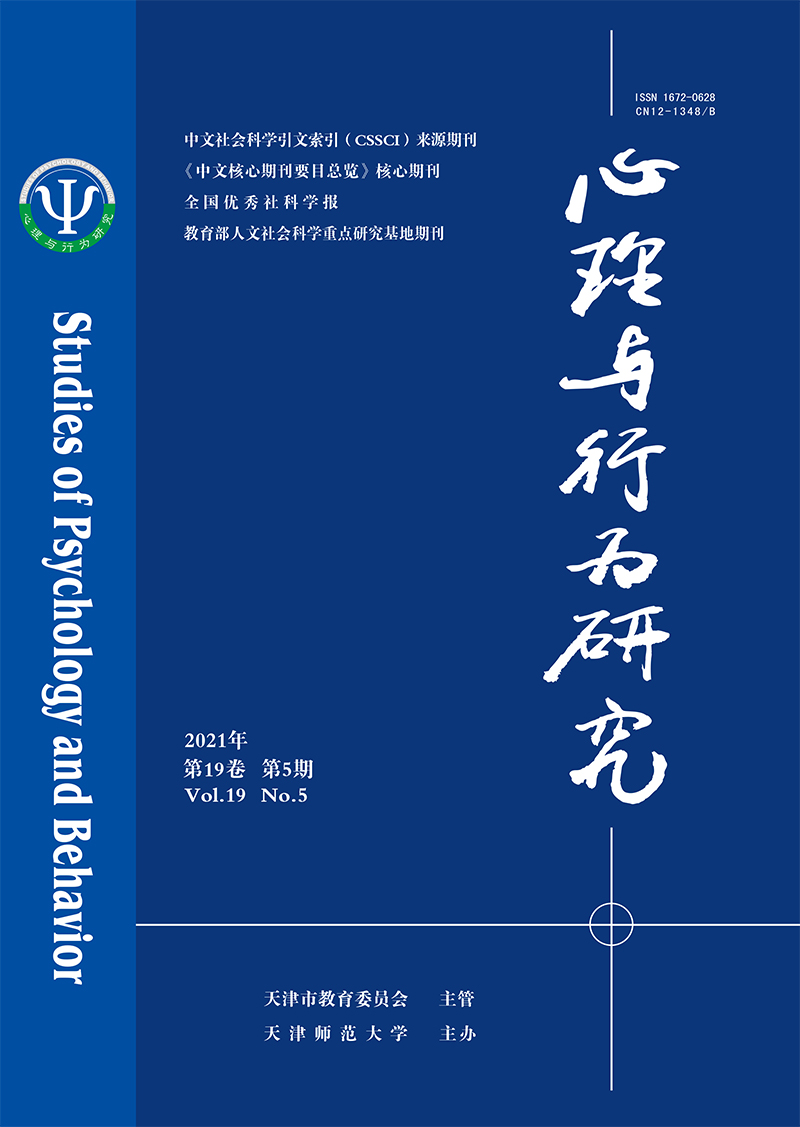|
|
Semantic Information Takes Precedence over Spatial Location and Glyph Feature in Contextual Cueing with Chinese Characters
ZHU Huan, XIE Xiaowei, DAI Zheru, TANG Xiaoya, ZANG Jian, WU Jiao, ZANG Xuelian
2021, 19(5):
577-584.
During visual search, humans are able to improve their search performance through learning constant associations among the targets and the scenes in which the targets are typically presented in, that is, contextual cueing effect. This study used high-frequency (contains rich semantic cues) or low-frequency (contains less semantic cues) characters as the visual search item to investigate the role of Chinese characters’ features including, semantic meaning, orthography, and spatial location in contextual learning. In the initial learning session, participants viewed either repeated search displays with both the characters and their locations maintained constant or novel displays with both characters and location varied randomly. In a subsequent test session, either characters or spatial locations were randomly varied to examine whether a change on the semantics or the spatial locations would affect the transfer of the learned contextual cueing effect (if any). The results showed significant contextual learning effects in both experiments. Most importantly, the high-frequency characters that consisted of both semantic and orthographic qualities maintained contextual cueing effects that could be transferred when the spatial location of the characters changed but not when the characters semantics or orthography were changed. In contrast, low-frequency characters that mainly contain orthographic qualities (semantic being too complicated), had a contextual cueing effect that could be transferred when characters changed form (spatial location maintained) but not when spatial location changed (character maintained). The results suggest that the spatial locations are more important than the orthographic context when semantics are less important, but semantic context is the most important when semantics, orthography and spatial location are all presented at the same time. In other words, in Chinese character based contextual learning, semantics plays a dominant role, followed by spatial context and finally orthographic context.
|

